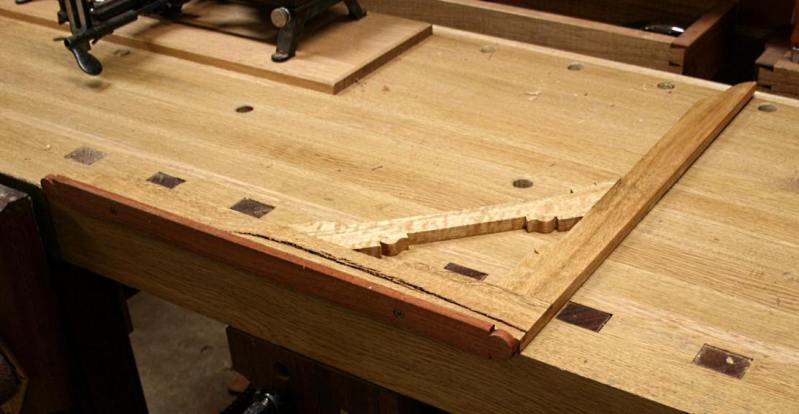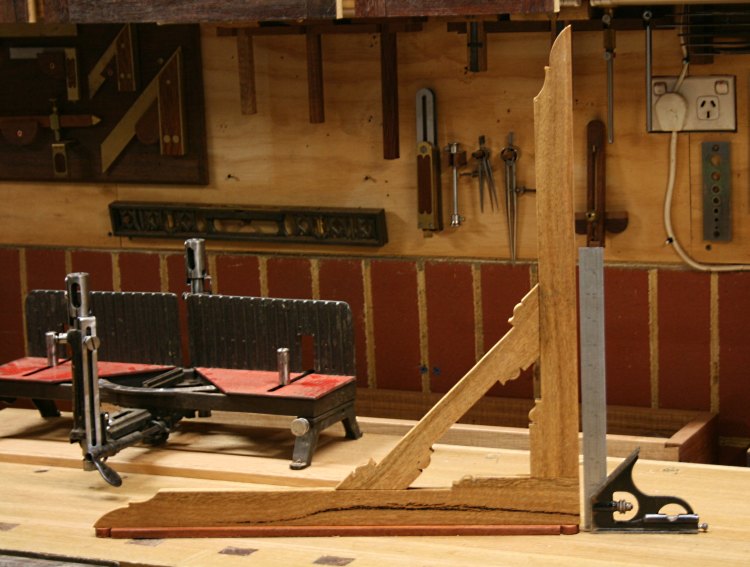J_SAMa":23lhvfkr said:
Cheshirechappie":23lhvfkr said:
For checking plane soles, NO wooden straightedge is good enough. The British Standard tolerance for plane sole flatness is 1 1/2 thousands of an inch either side of a mean - a maximum of 3 thou out over the plane sole. Nobody can guarantee that wooden straightedges will be straighter than that, and many metal ones won't be, either. I strongly suspect that many people who complain that their plane soles are not straight when compared to their 'straightedge' have a non-straight straightedge.
Probably the best 'workshop' test for plane sole straightness (without having access to inspection grade surface plates, co-ordinate measuring machines or other engineering toolroom exotica) is to work the plane on a piece of mild 1" timber about twice or three times the length of the plane. Keep reducing the set until the plane almost doesn't cut at all. When the plane will produce a tanslucent shaving of gossamer thinness, it's sole will be straight enough for all but the most pernickety of woodworkers.
How did woodworkers check plane soles for flatness back when there weren't any metal straightedges? Did they use the test you described?
In truth, they didn't unless a plane was proving troublesome to set up. The best means of checking for flat is by seeing how your plane performs once fine tuned for use. A timber straight edge is accurate enough, but you can also use a steel rule (As found on combination squares) or a large try square blade. If either blade type is bent or out of true it has no place in anyone's toolkit.
As a retired professional cabinetmaker with almost 50 years int he trade I'll put my neck well and truly on the line by saying the following:
The present
fad for chasing true flatness in plane soles, plane irons and chisel blades is a comparatively recent phenomena inherited via
sales babble and
DIY woodwork writers trying to market and sell their wares. They have to find something to write about and did. The fact is a heavy day or two's planing on abrasive/high silica timbers can induce inaccuracies which negate the manufacturing tolerances everyone seems to be going mad about.
An old workshop rule of thumb (Escaping the gossamer thin shaving route) is a smoothing plane is well set up if you can produce shavings which are sufficiently transparent to read standard newsprint through. There's no real need to measure shaving thickness. Simply practise, practise, practise tool use and sharpen whenever necessary and without allowing honed edges to become blunt. You'll become master of the tools within your kit far sooner than imagined and capable of far more in terms of crafting.









